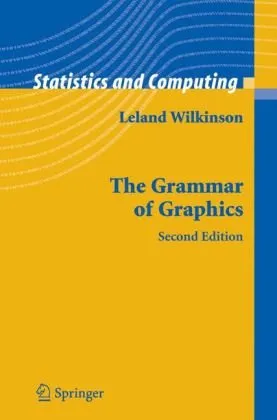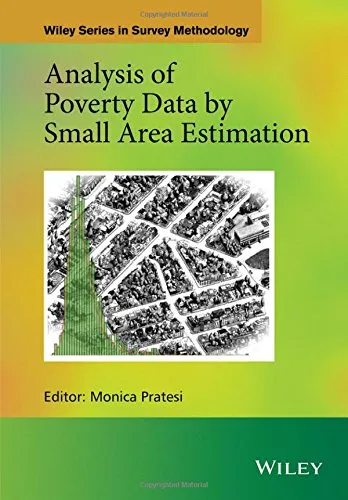The Grammar of Graphics (Statistics and Computing)
4.5
Reviews from our users

You Can Ask your questions from this book's AI after Login
Each download or ask from book AI costs 2 points. To earn more free points, please visit the Points Guide Page and complete some valuable actions.Related Refrences:
Introduction to "The Grammar of Graphics"
"The Grammar of Graphics (Statistics and Computing)" by Leland Wilkinson and co-authors is a groundbreaking book that redefines how we think about data visualization. It provides a systematic and structured approach to graphics, establishing a robust theoretical framework that underlies all data visualizations. This book caters to statisticians, data scientists, graphic designers, and anyone interested in data representation, offering a seamless blend of theory and practice.
The book's title reflects its core principle: just as grammar defines how words can be combined to form meaningful sentences, "The Grammar of Graphics" outlines how graphical components can be composed to create clear, insightful, and aesthetically pleasing visualizations. By providing a language for graphics, this text empowers readers to design, interpret, and evaluate visual representations of data in a consistent, logical, and creative way.
Detailed Summary of the Book
The book is fundamentally about constructing a unified theory of visualization. It seeks to build a compact grammar - a set of rules - that describes the process of creating and interpreting visualizations. This approach promotes the idea of separating the 'what' from the 'how.' While most tools focus on giving users immediate ways to visualize data, this book delves deeper into the principles and reasoning behind those choices.
Wilkinson and co-authors present concepts such as layers, scales, guides, and graphics components, breaking down each graphic into discrete elements that work together to convey a cohesive story. So rather than merely teaching you to create bar graphs or scatter plots, the book explains the fundamental principles that apply to all types of graphics.
Throughout its chapters, "The Grammar of Graphics" emphasizes the interplay between data, graphics, and the viewer's perception. It explores elements like aesthetics, transformations, and statistical summaries, while also incorporating philosophical and mathematical foundations. The book carefully blends technical explanations with practical examples, making it a valuable guide for both novice and advanced practitioners.
Key Takeaways
Here are some of the most important lessons readers can extract from "The Grammar of Graphics":
- A comprehensive understanding of the theoretical structure behind visualization design.
- Insights into building graphics systematically, rather than relying on pre-defined templates or tools.
- Appreciation for the importance of perception, storytelling, and context when creating visualizations.
- Awareness of the interplay between data, transformations, scales, and aesthetics.
- Enhanced skills for critiquing and evaluating visualizations based on rigorous principles.
- The ability to adapt this "grammar" to any visualization software, framework, or tool.
Famous Quotes from the Book
Here are some memorable and thought-provoking quotes from "The Grammar of Graphics":
"Graphics are tools for reasoning and should facilitate cognitive tasks, not merely decorate data."
"The goal of a graphic is not the graphic itself, but the understanding it produces in the observer."
"A unifying grammar of graphics allows us to go deeper into the structure of graphical systems, revealing their common underpinnings."
"Separating content from presentation is as critical in visualization as it is in language."
Why This Book Matters
"The Grammar of Graphics" stands out as more than just a book about visualization. It is a foundational text that addresses the evolving needs of modern data analysis and visual communication. By focusing on the principles that unify all forms of visual representation, this book provides readers with a versatile framework that they can apply to any domain or field.
The book holds particular significance in the era of big data, where clear and accurate communication of information has become a cornerstone of success. For data scientists and analysts, it fosters a deeper comprehension of how to design effective graphics, going beyond surface-level visual appeal. For educators, it provides a pedagogically sound base for teaching visualization techniques. For developers of visualization software, it serves as an inspiration and blueprint for implementing robust and flexible solutions.
In short, "The Grammar of Graphics" empowers its readers to not only become better creators of visualizations but also more thoughtful critics and consumers of them.
Free Direct Download
You Can Download this book after Login
Accessing books through legal platforms and public libraries not only supports the rights of authors and publishers but also contributes to the sustainability of reading culture. Before downloading, please take a moment to consider these options.
Find this book on other platforms:
WorldCat helps you find books in libraries worldwide.
See ratings, reviews, and discussions on Goodreads.
Find and buy rare or used books on AbeBooks.
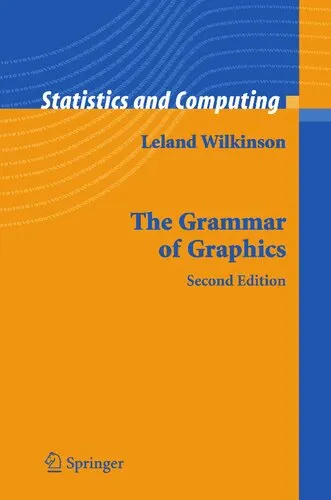

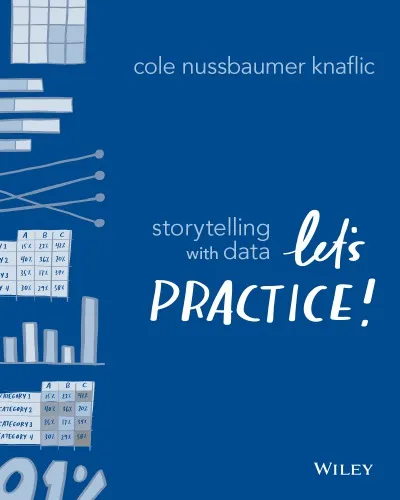
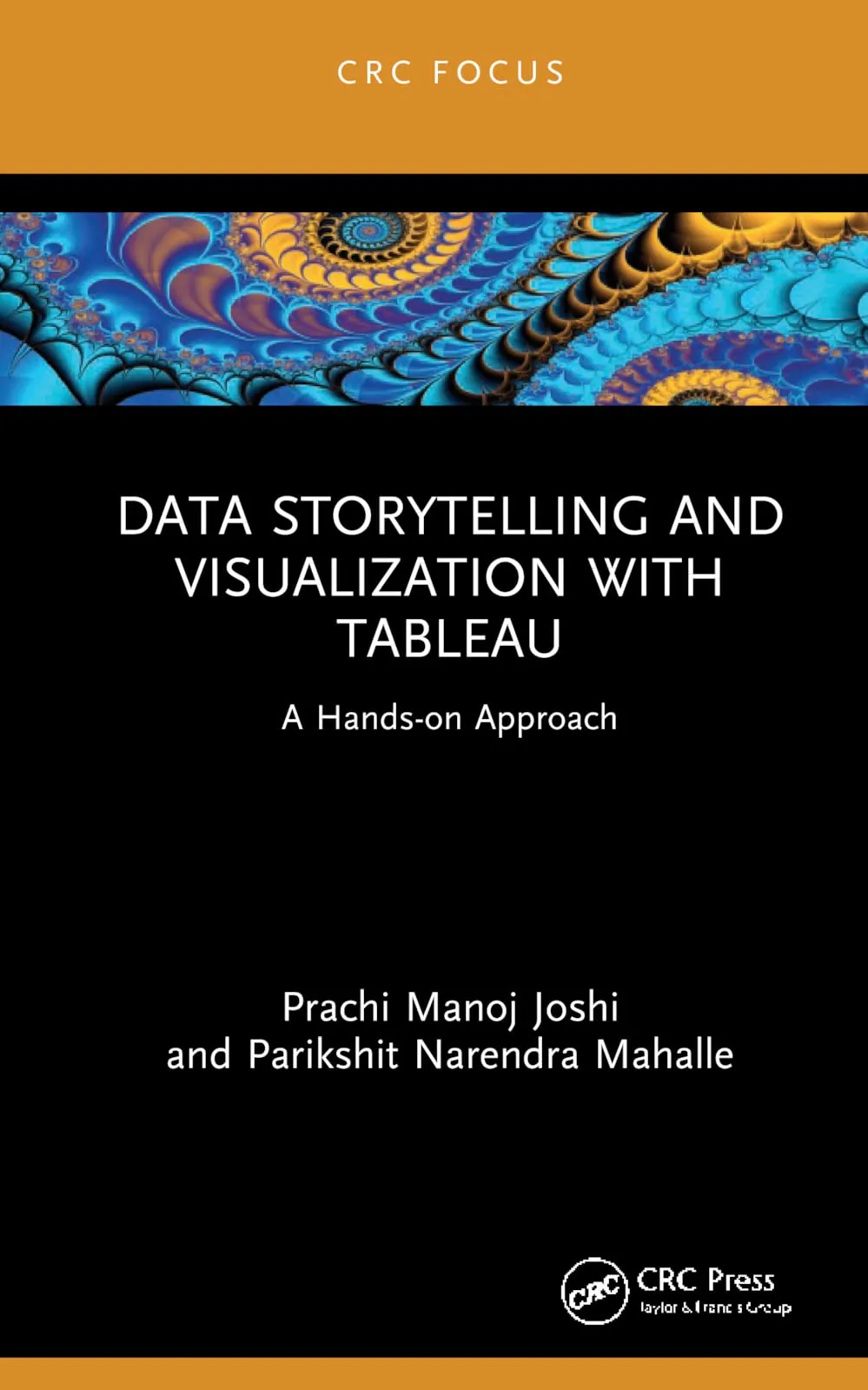
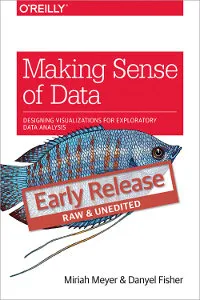
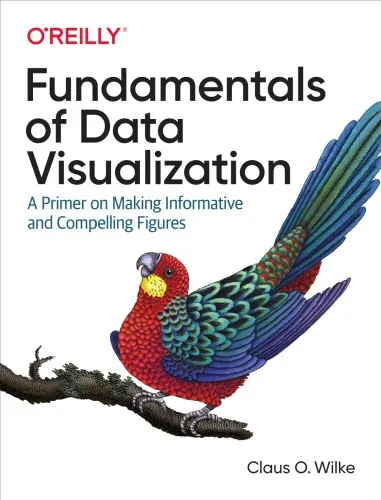
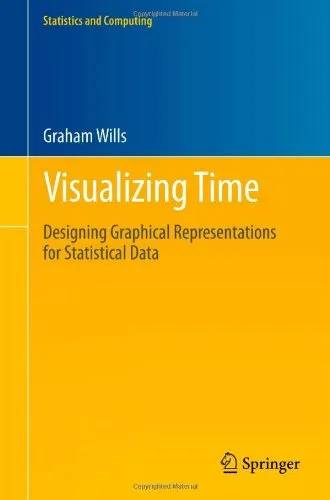
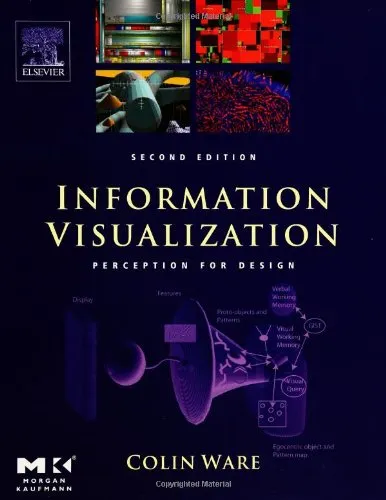
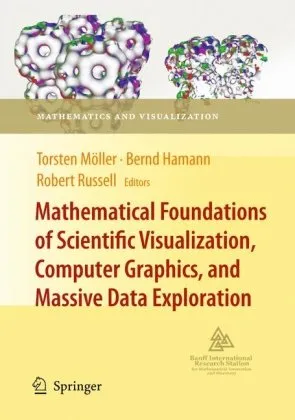
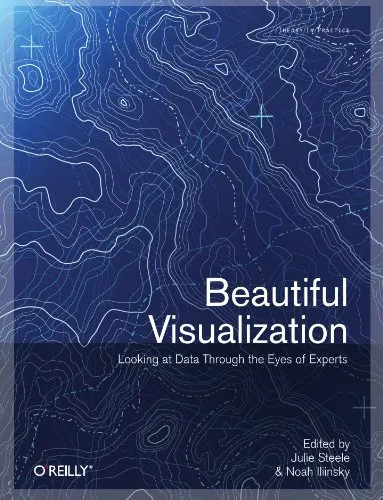
![Good Charts, Updated and Expanded: The HBR Guide to Making Smarter, More Persuasive Data Visualizations [Team-IRA]](https://s3.refhub.ir/images/thumb/Good_Charts__Updated_and_Expanded__The_HBR_Gu_31517.webp)
